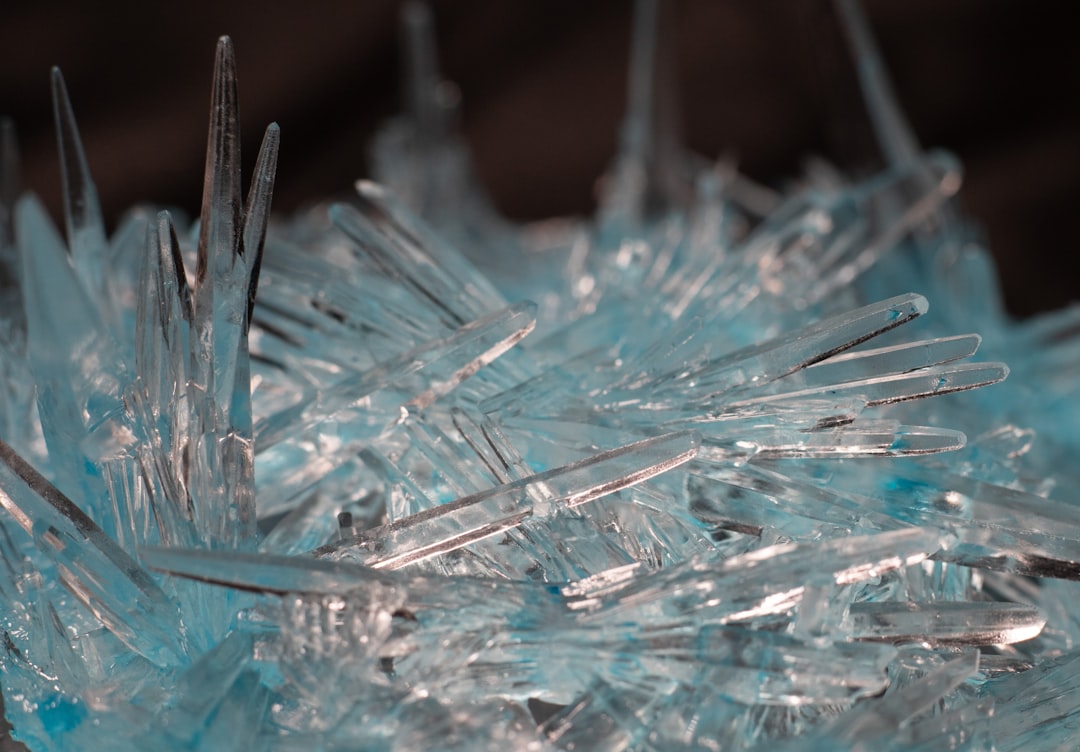What is it about?
Solar panels and plants both use sunlight as a source of energy. When solar panels and plants are grown on the same plot of land, this process is called “agrivoltaics.” This system has benefits for both energy generation and farming. Sunlight consists of different wavelengths of light. Solar panels can use all wavelengths (opaque panels) or only some of them (tinted semi-transparent). On the other hand, plants use only certain wavelengths. When opaque panels are used in agrivoltaics, then plants receive a lower intensity of light. But when tinted semi-transparent panels are used, light intensity is affected only for those wavelengths. This study is the first to test the use of semi-transparent solar panels in agrivoltaics. The authors set up semi-transparent solar panels and grew spinach and basil in the same system. They then compared the plants to classically grown spinach and basil. They found that agrivoltaic spinach and basil used light more efficiently. They also saw that these plants grew differently and produced more protein than classically grown plants. The plants also had less marketable biomass than the classically grown plants. However, the overall system showed more financial gains than classical agriculture.
Featured Image

Photo by Markus Spiske on Unsplash
Why is it important?
Agrivoltaics is an important option for sustainable farming. It can be used to produce food without disrupting the natural ecosystem. It also has many financial benefits. Using semi-transparent solar panels for agrivoltaics offers higher intensity light to plants. This could improve their growth. These panels can also be readily adapted to existing greenhouses. This makes it easy to put them into use. KEY TAKEAWAY: Agrivoltaics is a promising option for sustainable farming. Using tinted semi-transparent solar panels allows plants to receive higher intensity light. This can help them grow better, which makes them more financially viable. Advancing research in this field can help boost the production of renewable energy and improve food production.
Read the Original
This page is a summary of: Tinted Semi‐Transparent Solar Panels Allow Concurrent Production of Crops and Electricity on the Same Cropland, Advanced Energy Materials, August 2020, Wiley,
DOI: 10.1002/aenm.202001189.
You can read the full text:
Contributors
Be the first to contribute to this page










